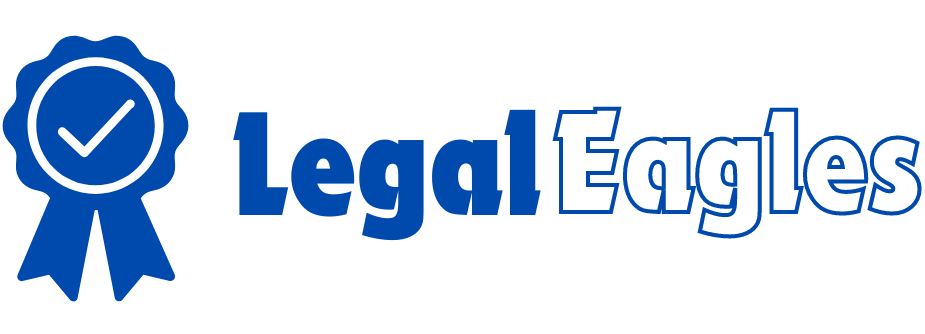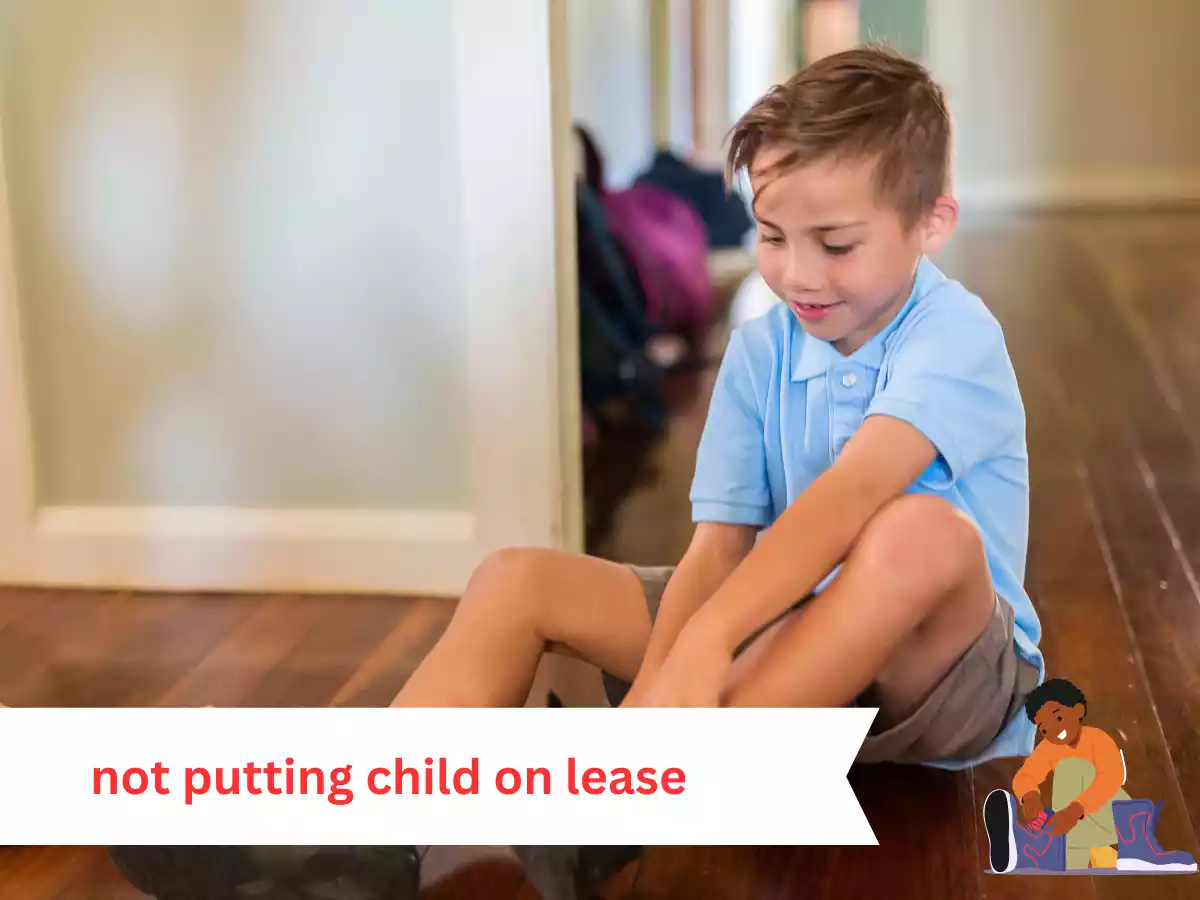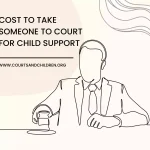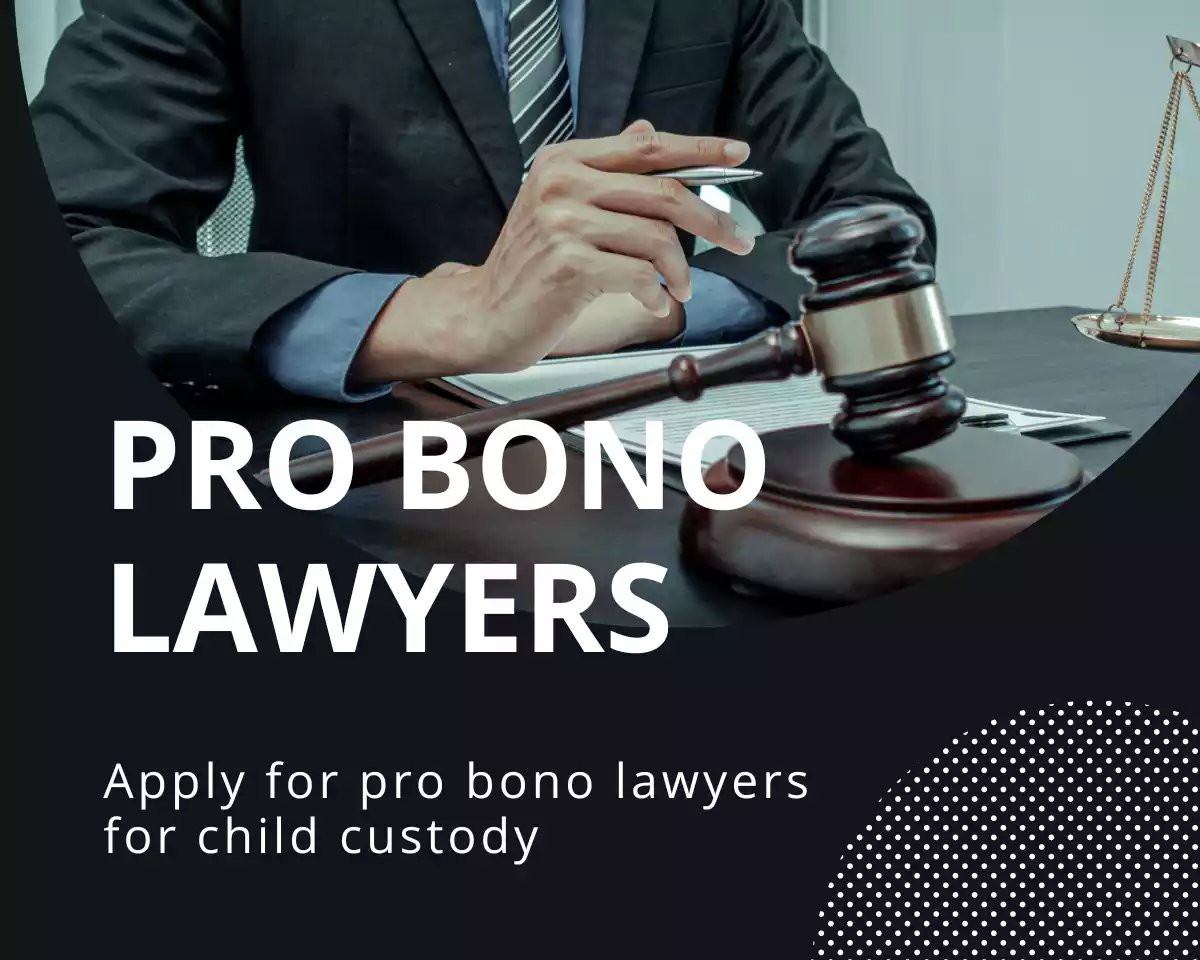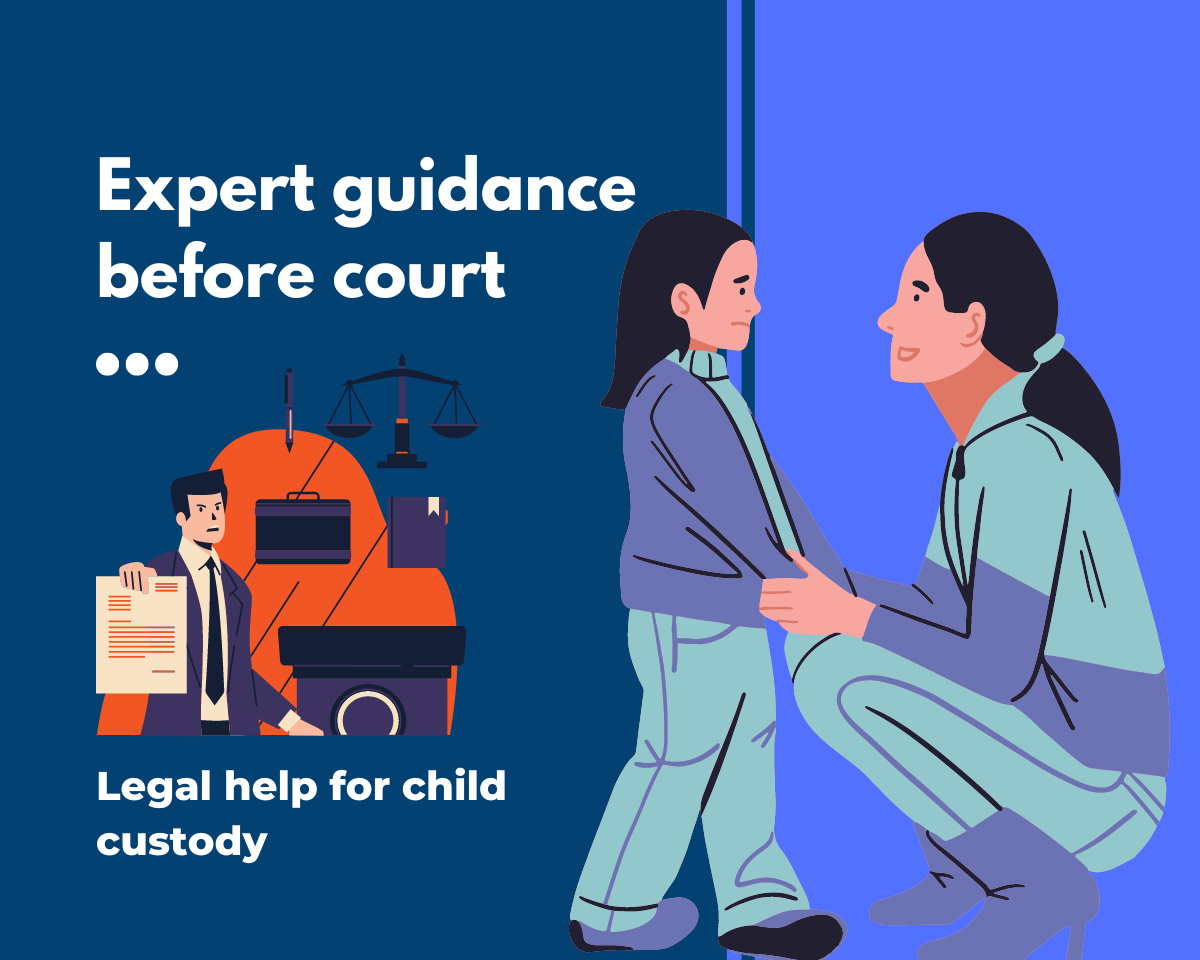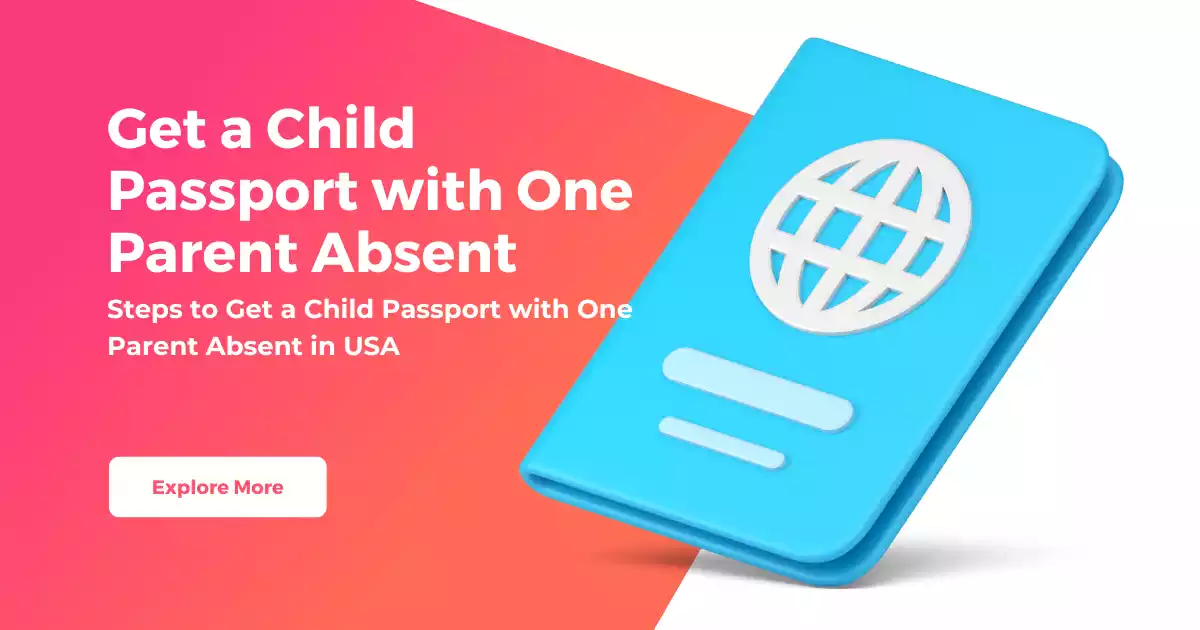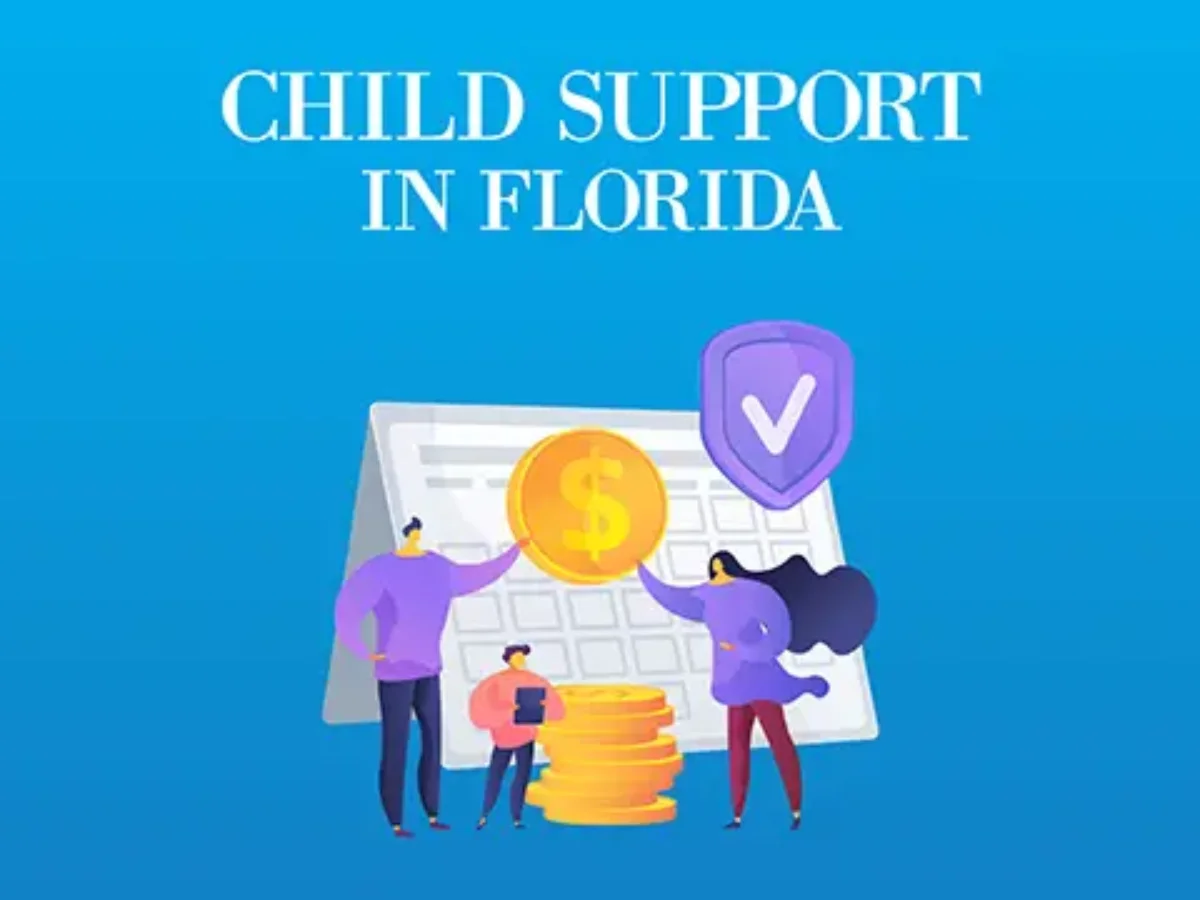Introduction: not putting child on lease
Renting a home involves various legal and logistical considerations, especially when you have children. One question that arises is whether or not to put a child on the lease agreement. This article delves into the complexities surrounding this decision, the implications it carries, and the factors to consider when making such a choice.
Understanding Lease Agreements and Children
Lease Agreements Overview
A lease agreement outlines the terms and conditions of renting a property, ensuring the rights and responsibilities of both tenants and landlords.
Children on Lease
Deciding whether to include a child’s name on the lease involves careful thought and consideration.
Legal Implications
Tenant Rights and Responsibilities
Tenants listed on the lease have specific rights and obligations, including paying rent and adhering to lease terms.
Minor’s Capacity to Contract
In most jurisdictions, minors lack the legal capacity to enter into binding contracts, which can impact their inclusion on a lease.
Lease Violations
Lease violations by any listed tenant can result in consequences for all parties involved.
Factors to Consider
Age and Maturity
Considering the child’s age and maturity level is crucial in determining their ability to uphold lease obligations.
Rental Regulations
Local laws and regulations might impact whether a child can be included in the lease.
Landlord’s Policies
Some landlords have policies regarding tenants’ age and inclusion in lease agreements.
Benefits of Including a Child
Legal Recognition
Including a child on the lease may offer legal recognition and protection.
Lease Continuity
In the event of unforeseen circumstances, a child listed on the lease can help maintain continuity.
Risks of Including a Child
Contractual Obligations
A child on the lease could be held accountable for lease violations and responsibilities.
Future Leases
Having a history of being listed on a lease might impact a child’s ability to secure future leases.
Alternatives and Solutions
Informing the Landlord
Informing the landlord about the child residing in the rental unit can help establish transparency.
Additional Occupant Clause
Many lease agreements have an “additional occupant” clause that allows tenants to have family members live with them without formally adding them to the lease.
Open Communication
Family Discussion
Openly discussing the pros and cons of including a child on the lease is essential.
Establishing Responsibility
If a child is not on the lease, clarifying their responsibilities within the household is important.
Conclusion
Deciding whether to put a child on a lease involves a mix of legal, logistical, and personal considerations. While there are potential benefits to including a child on the lease, there are also risks to be mindful of. Open communication, understanding local regulations, and exploring alternatives can help guide this important decision. Ultimately, prioritizing the child’s well-being and ensuring their safety and stability within the rental environment is paramount.
FAQs
- Can I include my child’s name on the lease agreement? Depending on local laws and landlord policies, you might be able to include your child on the lease.
- What are the benefits of putting a child on the lease? Legal recognition and lease continuity are potential benefits.
- What are the risks of including a child on the lease? Risks include contractual obligations and potential impact on future leases.
- Can a minor be held accountable for lease violations? While local laws vary, in many jurisdictions, minors lack the legal capacity to be held accountable for lease violations.
- Are there alternatives to putting a child on the lease? Yes, alternatives include informing the landlord and utilizing additional occupant clauses in lease agreements.
